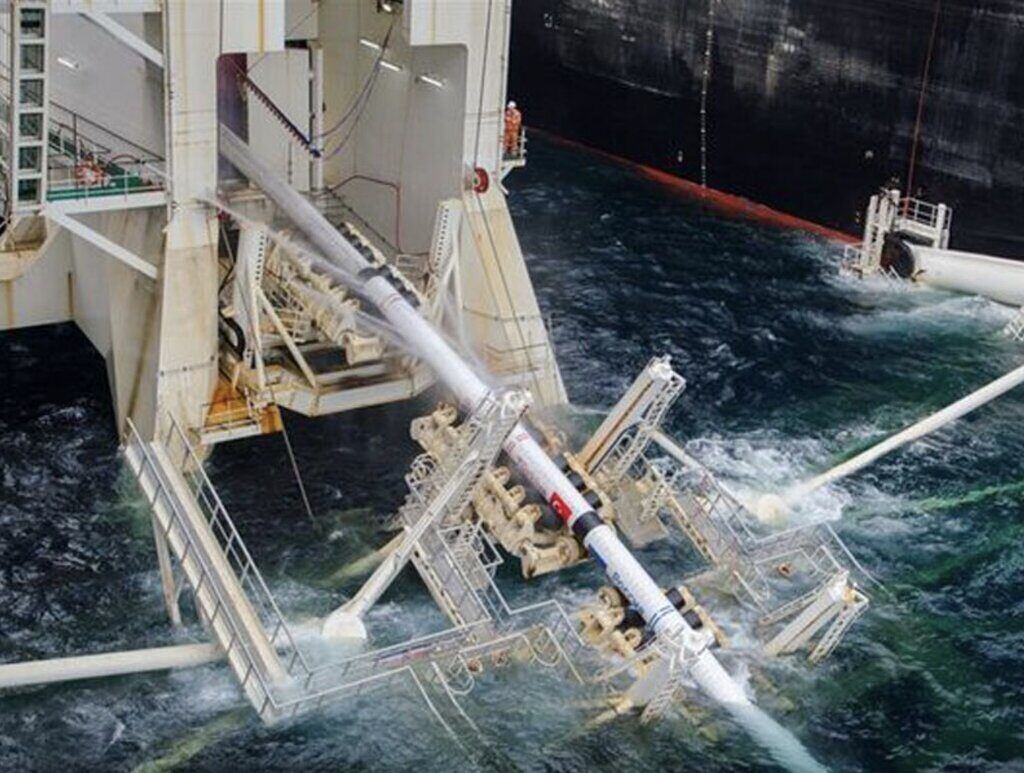Russian gas supply via the TurkStream gas pipeline continues to hit a record high for the second consecutive week - TASS estimated based on data on February 18 from the European Gas Transmission System Operators Network (ENTSOG).
In particular, gas through the Strandzha 2 gas compressment station on the Turkey-Bulgar border (the shore section of the TurkStream pipeline) transported more than 396 million m3 between 10 and 16 February, reaching a weekly peak since the pipeline began operating in January 2020.
Daily gas supplies via the TurkStream pipeline also surpassed a record 56.7 million m3 on February 10.
This means that the average usage rate of the TurkStream gas pipeline in February was 12% higher than in December 2024 and 10% higher than in January.
In January 2025, gas supplies via the TurkStream pipeline to European countries increased by 2% compared to December 2024 and skyrocketed to 27% compared to January 2024 to 1.56 billion m3.
At that time, TASS noted that this was an absolute record for deliveries in one month since the TurkStream gas pipeline went into operation in January 2020. The previous record for transportation in the TurkStream pipeline recorded in August 2023 was 1.53 billion m3.

The TurkStream gas pipeline running from Russia to Turkey across the Black Sea has a capacity of 31.5 billion cubic meters. TurkStream is designed to supply gas to Turkey and countries in Southern and Southeastern Europe.
This is the last gas pipeline to bring Russian gas to Europe after the transit of Russian gas through Ukraine ended. TurkStream's starting point is the Russkaya gas compresssion station near the city of Anapa, Russia.
Previously, TASS quoted ENTSOG data as saying that gas supplies to Europe via the TurkStream pipeline reached a record of 1.56 billion m3/month in January 2025.
In 2024, the volume of gas transported through the pipeline will increase by 23% to 16.7 billion cubic meters. Of these, a record 7.6 billion cubic meters of gas have been delivered to Hungary.
On January 27, 2025, Hungary received EU guarantees on energy security, including promoting the resumption of Russian gas transit through Ukraine, preventing disruptions to Russian oil transit through the Druzhba oil pipeline and protecting the TurkStream gas pipeline from attacks. In response, on January 31, Hungary agreed to extend EU sanctions against Russia by 6 months.











